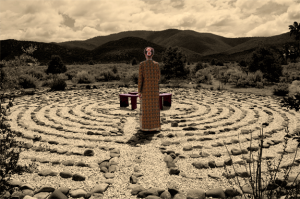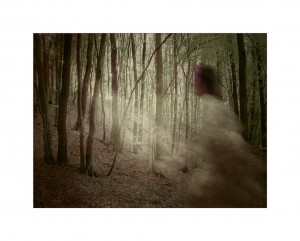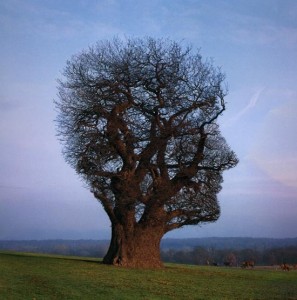 We had our Sunday Introduction to Meditation Class at Yoga Bliss yesterday. We’ve been working with the four foundations of mindfulness: awareness of the body, feeling tone, thoughts, emotions and then all phenomena. We drew our practice inspiration from B. Alan Wallace’s Minding Closely: The Four Applications of Mindfulness.
We had our Sunday Introduction to Meditation Class at Yoga Bliss yesterday. We’ve been working with the four foundations of mindfulness: awareness of the body, feeling tone, thoughts, emotions and then all phenomena. We drew our practice inspiration from B. Alan Wallace’s Minding Closely: The Four Applications of Mindfulness.
We included two practice periods and a walking meditation.
We continued to practice with the second application: mindfulness of feelings. We explored the way sensory experience evokes feeling and feeling often triggers an impulse to avoid or cling to feeling. We systematically scanned areas of the body to enhance and focus perception. I find it fascinating to observe the way my mind responds by recalling associations from past experience, imagining or rerunning scenarios from current life or planning the future. These “mind moves” happen lightening fast. They also seem to have a life of their own once they get going.









